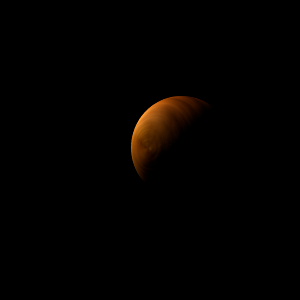|
|
Space Astro
|
Info for exoplanet "Methrymr Bos"
| Scientific (actual) data |
|---|
| Name | TCP J050742+244755 b |
| Planet status | Confirmed |
| Planet mass | 0.06 |
| Semi major axis | 0.775 |
| Discovered | 2018 |
| Updated | 2019-12-03 |
| Publication | Published in a refereed paper |
| Detection type | Microlensing |
| Mass measurement type | Microlensing |
| Alternate names | Kojima-1L b |
| Star name | TCP J050742+244755 |
| Right ascension | 76.93° |
| Declination | 24.8° |
| Star distance | 429 |
| Star mass | 0.495 |
| Wikipedia article | TCP J050742+244755 b |
Back
| |
| Fictional info (?) |
|---|
| Suggested name | Methrymr Bos |
| Planet type | Small cold gas planet |
| The planet telescopically displays the complete range of phases, similar to Venus and the Moon, as it moves in its inner orbit relative to TCP J050742+244755, which reoccurs over the so-called synodic period approximately every 180 days.
It has the densest atmosphere of the three small cold gas planets, consisting primarily of carbonyl sulfide. |
| Atmosphere | Carbonyl sulfide | 32% |
| Hydrogen peroxide | 28% |
| Hydrogen deuteride (HD) | 15% |
| Ammonia | 12% |
| Sulfur dioxide | 11% |
| Ethane | 0.6% |
| Water vapor | 0.39% |
| Hydrogen | 0.26% |
| Neon | 0.14% |
| Formaldehyde | 0.0015% |
| Atmospheric pressure | 0.9 bar |
 |
| No known satellites |
| Google search for Methrymr bos |
|
Website by Joachim Michaelis
|
|
|
|